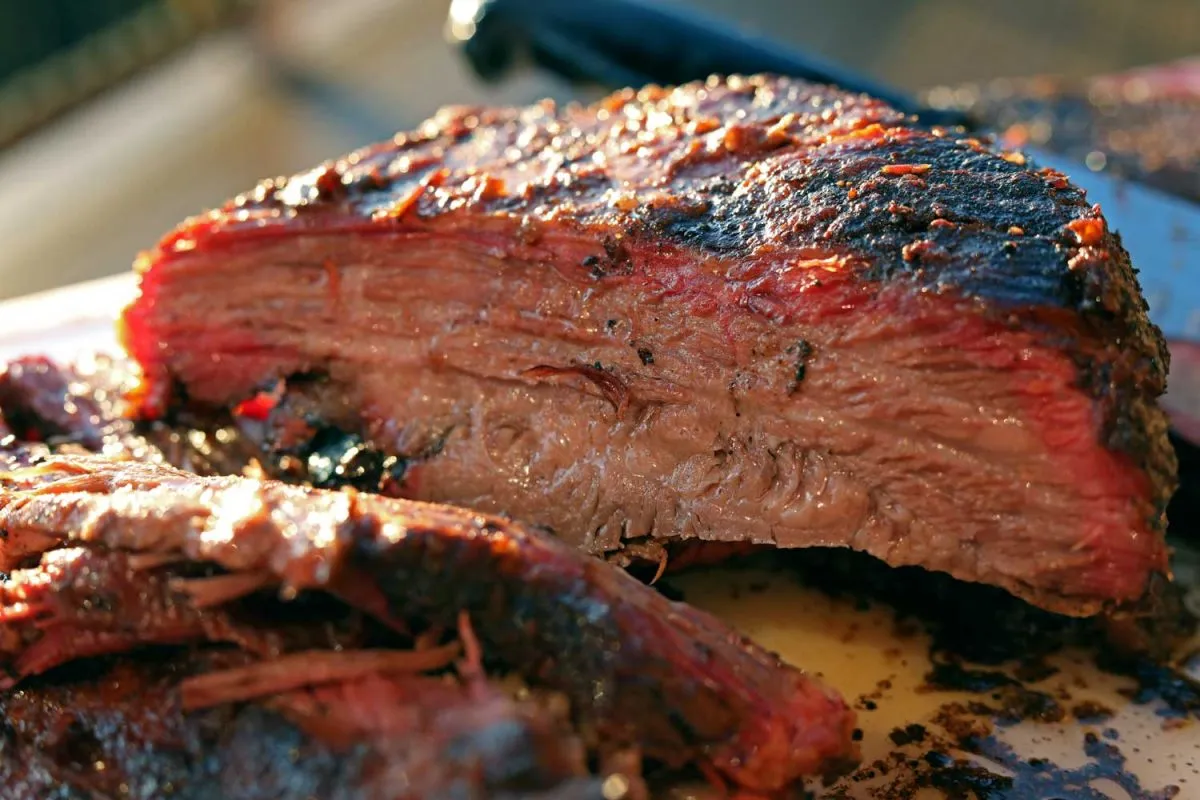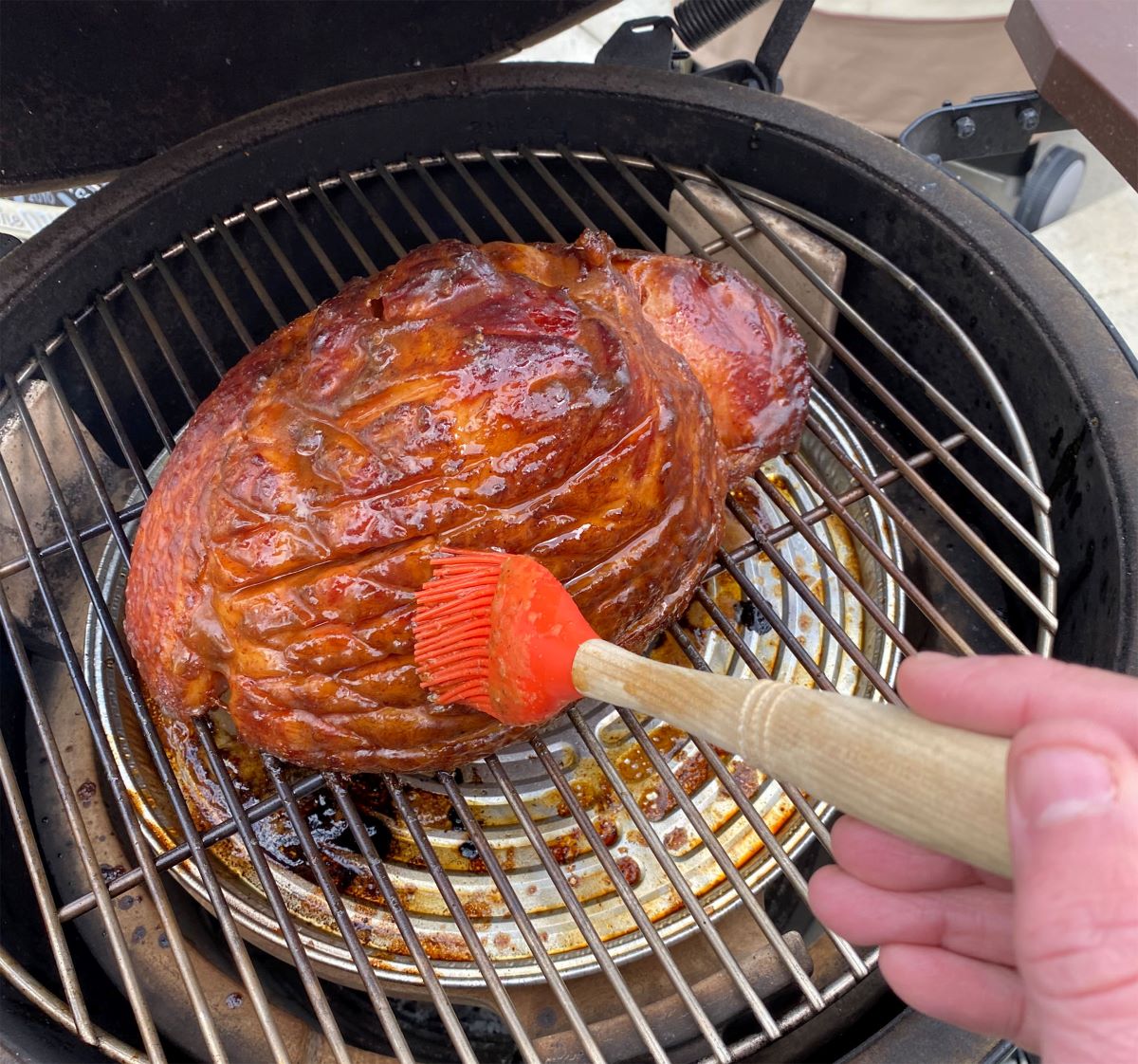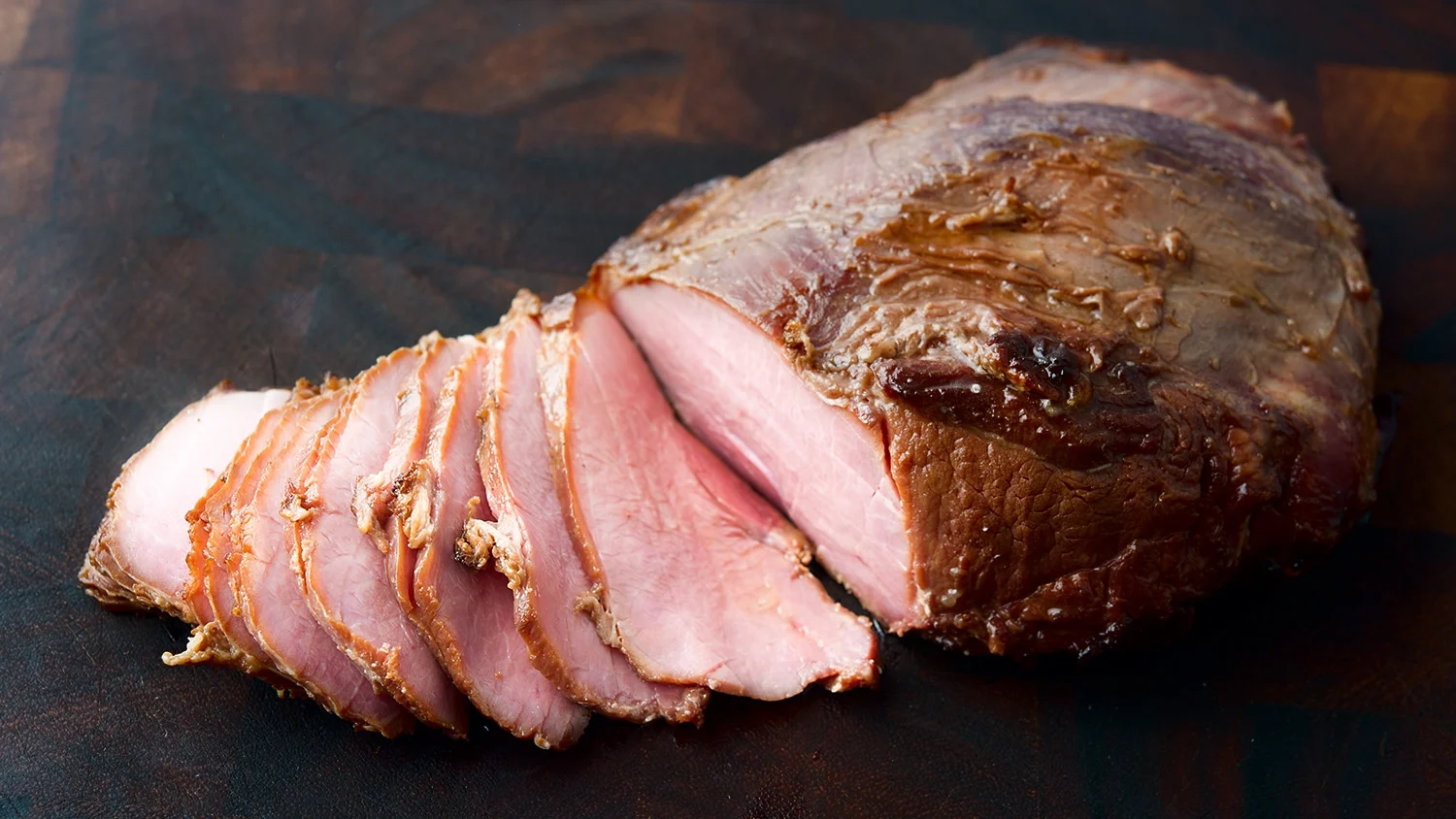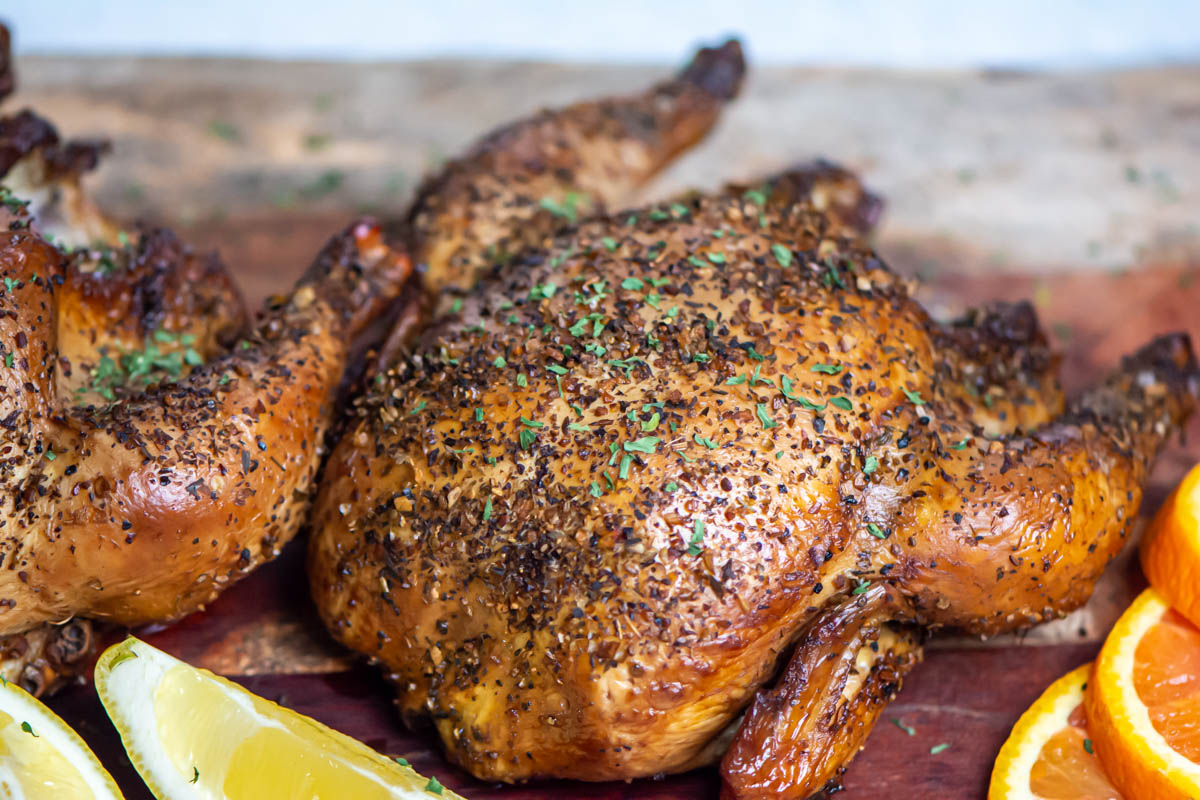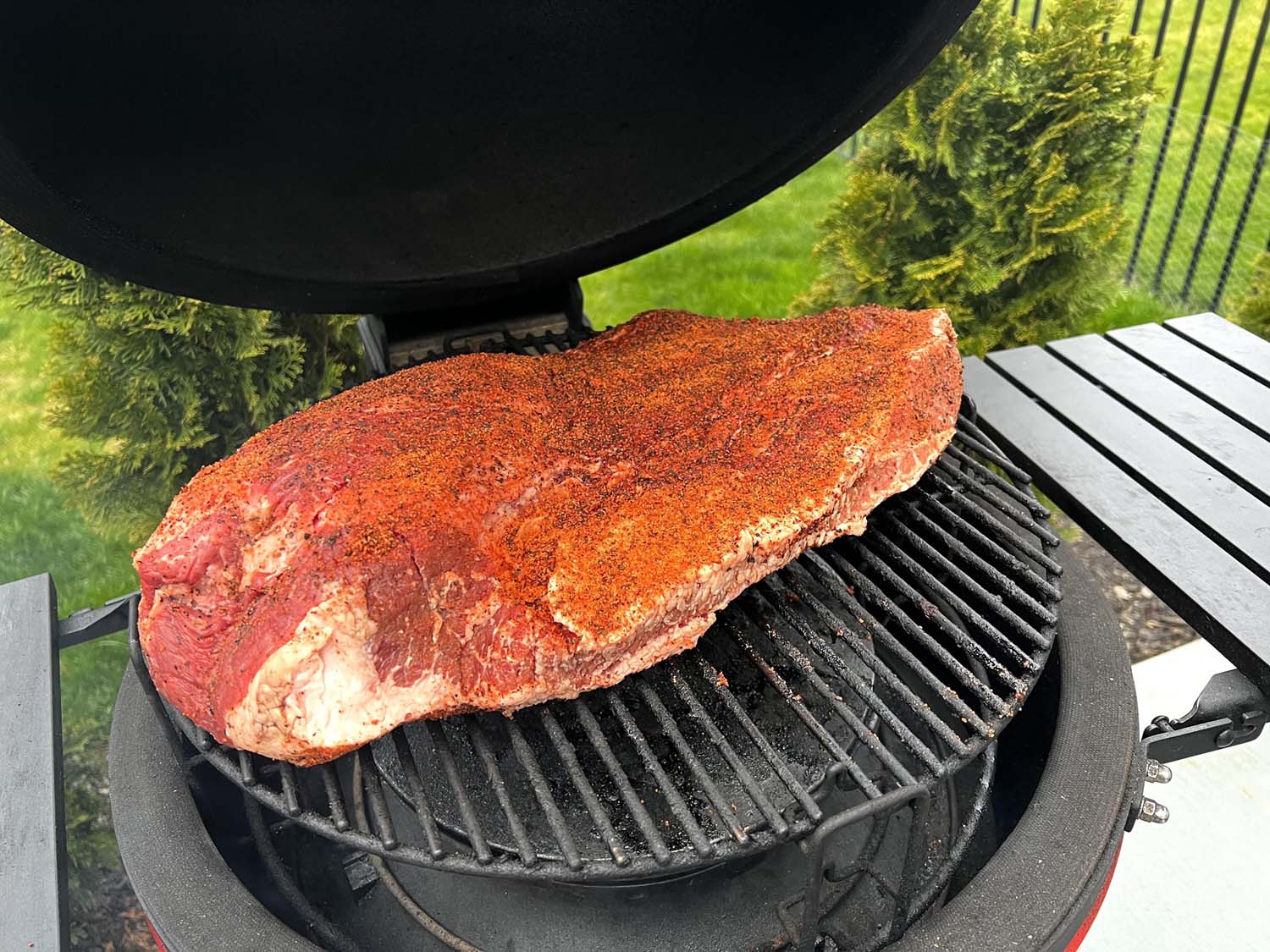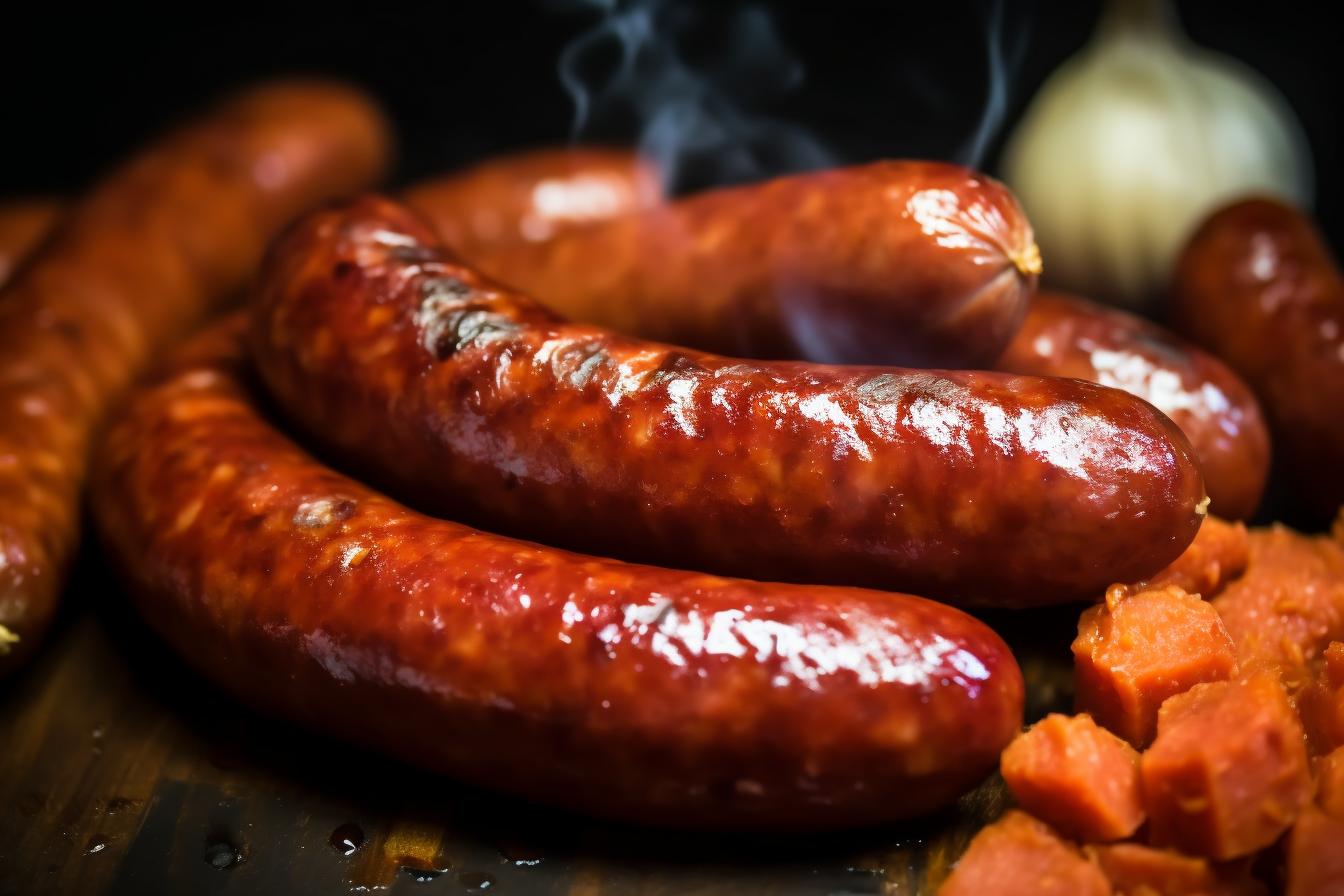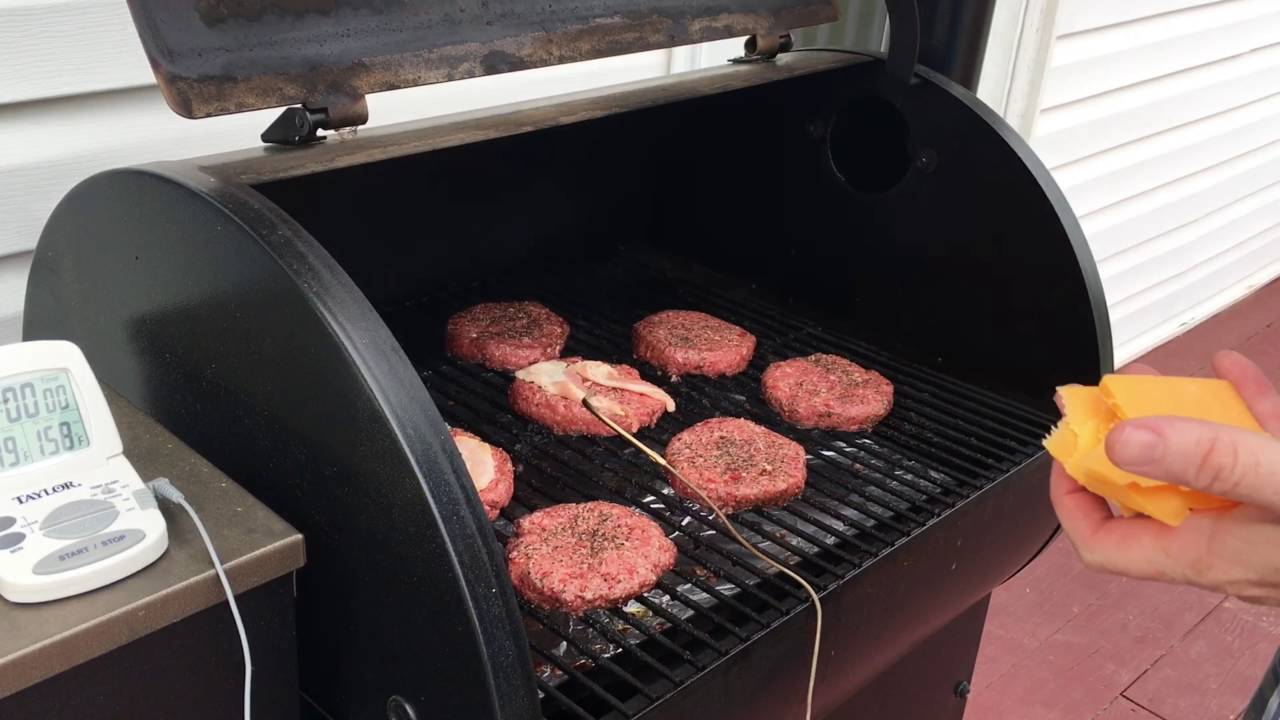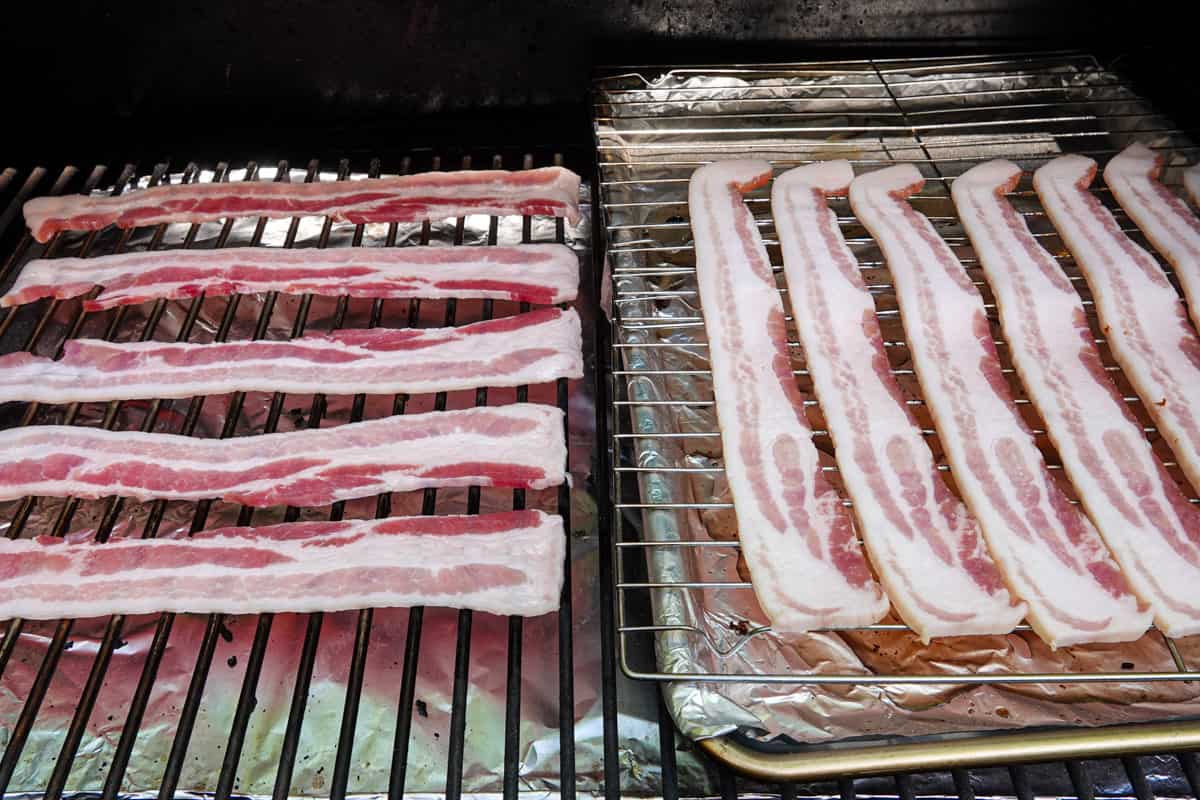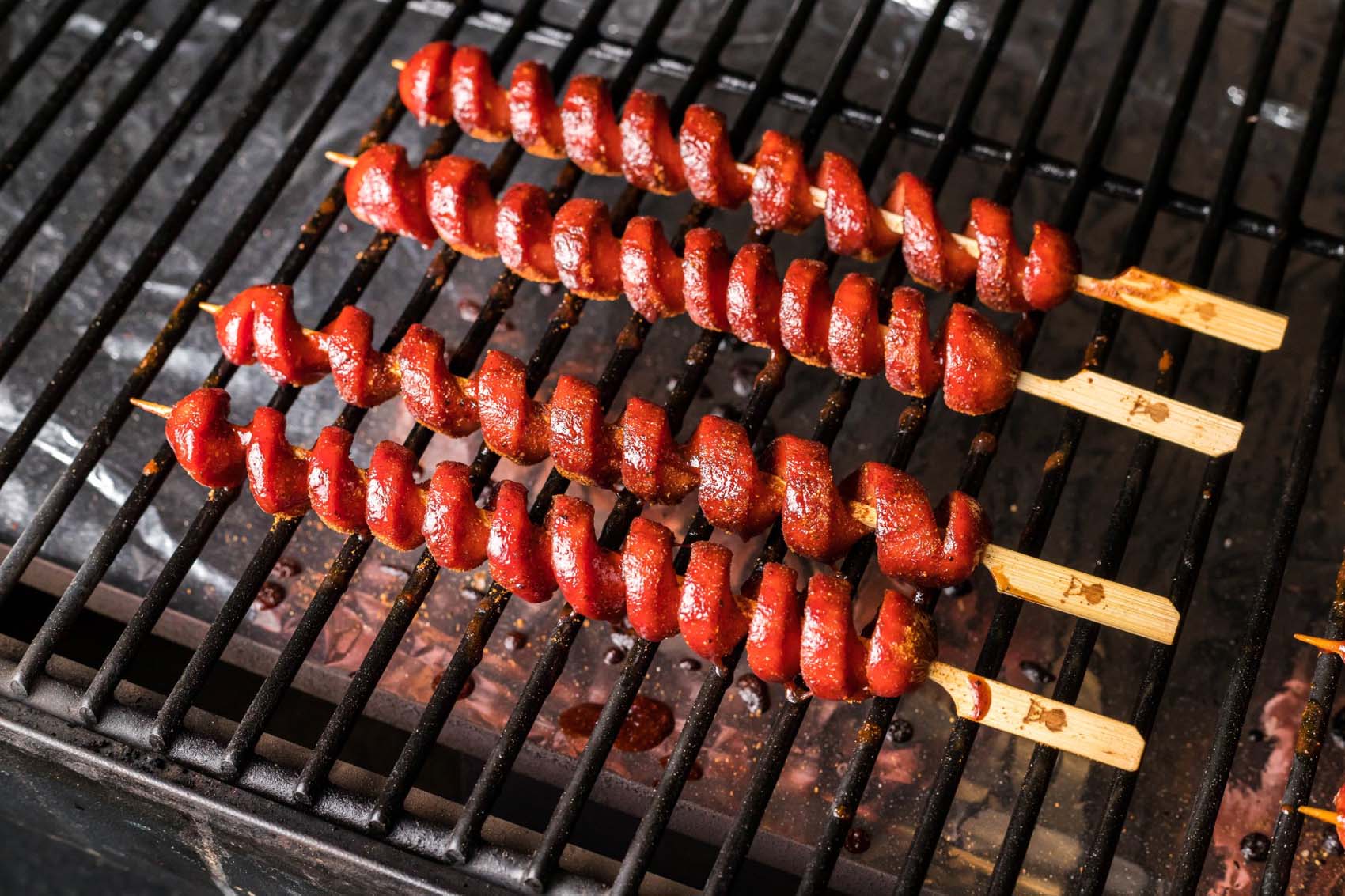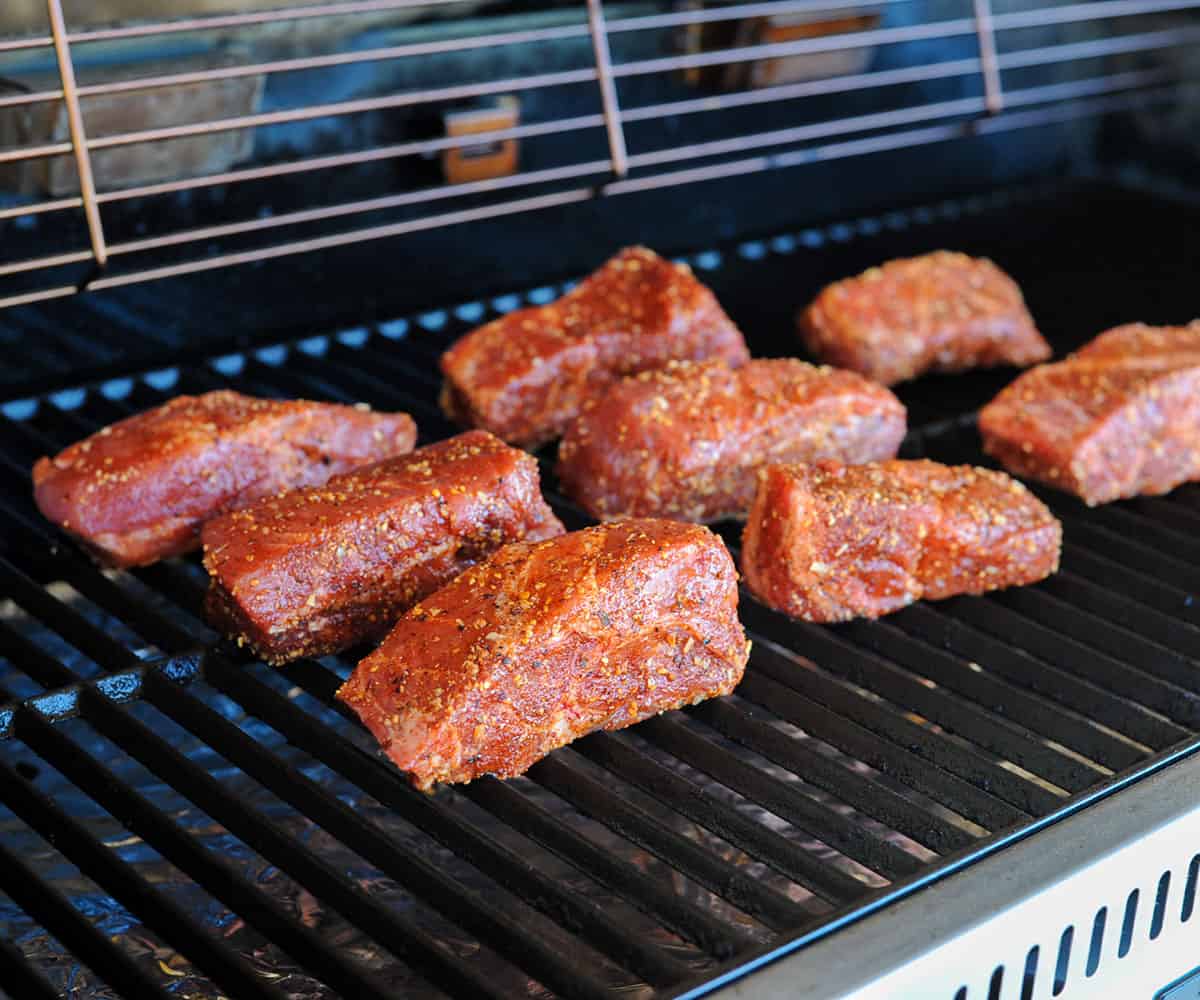Smoking Chicken Wings: A Delicious and Easy Guide
Smoking chicken wings is a fantastic way to infuse them with a delicious smoky flavor while keeping them tender and juicy. Whether you’re a seasoned pitmaster or a novice cook, smoking chicken wings is a straightforward process that yields mouthwatering results. In this guide, we’ll walk you through the steps to smoke chicken wings to perfection.
Preparing the Chicken Wings
Before you start smoking, it’s essential to prepare the chicken wings. Here’s what you’ll need to do:
- Start by rinsing the chicken wings under cold water and patting them dry with paper towels.
- Trim any excess fat or loose skin from the wings using a sharp knife.
- Season the wings generously with your favorite dry rub or marinade. This will help enhance the flavor as the wings smoke.
Setting Up the Smoker
Now that the chicken wings are prepped, it’s time to get the smoker ready. Follow these steps to set up your smoker:
- Fill the smoker’s wood chip tray with your choice of wood chips. Hickory and applewood are popular options for smoking chicken wings.
- Preheat the smoker to a temperature of 225-250°F (107-121°C).
- Place a water pan in the smoker to help maintain moisture and prevent the wings from drying out.
Smoking the Chicken Wings
With the smoker prepped and ready to go, it’s time to start smoking the chicken wings. Here’s how to do it:
- Place the seasoned chicken wings on the smoker rack, making sure to leave space between each wing for the smoke to circulate.
- Close the smoker and let the wings smoke for approximately 1.5 to 2 hours, or until they reach an internal temperature of 165°F (74°C).
- During the smoking process, you can baste the wings with a mixture of melted butter and your favorite barbecue sauce to add extra flavor and moisture.
Finishing Touches
Once the chicken wings have reached the desired internal temperature and are beautifully smoked, it’s time to add the finishing touches:
- Remove the wings from the smoker and let them rest for a few minutes before serving.
- Garnish the smoked chicken wings with chopped fresh herbs, such as parsley or cilantro, for a pop of color and freshness.
- Serve the wings with your choice of dipping sauces, such as ranch dressing, blue cheese, or a tangy barbecue sauce.
There you have it – a simple and delicious guide to smoking chicken wings. Whether you’re hosting a backyard barbecue or simply craving a flavorful snack, smoked chicken wings are sure to be a hit. So fire up your smoker, grab a cold drink, and get ready to enjoy some mouthwatering smoked chicken wings!
Was this page helpful?
Read Next: How To Smoke A Cheese Ball On A Grill
